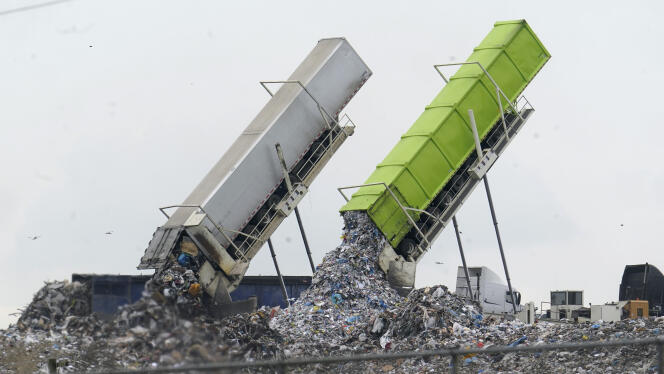


One billion meals are wasted every day around the world. A "global tragedy," in the view of the United Nations, given that 9.2% of the population (735 million people) lives with chronic hunger. According to a report published on Wednesday, March 27, by the UN Environment Programme (UNEP), global food waste − all food thrown away by households, restaurants and stores − concerns almost a fifth of the food available. When factoring in food losses that occur at the harvesting, transportation and processing stages, around a third of the world's food is wasted. Clementine O'Connor, in charge of UNEP's Sustainable Food Systems program, sheds some light on these trends.
UNEP estimates that more than a billion tons of food was thrown away worldwide in 2022. Is food waste on the rise?
We are not in a position to say whether waste is increasing or not. If the estimate is slightly higher than in the previous report, published in 2021, it's because we've doubled the data sources and improved their quality. But while progress has been made in measuring waste, too many countries still lack the reliable monitoring that would enable us to assess what the trend is.
Waste is often perceived as a first world country problem, but the report dismisses this assumption and shows that all countries are complicit, regardless of income level. How do you explain this?
Our previous report, in 2021, already showed that the estimated waste per person is significant in all the countries that have taken measures to combat the problem. On average, 79 kilograms of food are thrown away per person per year. Because of the perception that food waste mainly affects wealthy countries, many middle-income countries have felt little to no concern and have therefore not taken action.
It's important to understand that we're including both the edible and inedible parts of wasted food − such as peels, bones and fish bones − because the interpretation of what is and isn't edible varies enormously from country to country, region to region and culinary culture to culinary culture. In low- and middle-income countries, we've found that people cook with more raw produce, which can generate more waste at the household level, compared with high-income countries, which consume more processed and pre-prepared products.
We carried out a study in Brazil on food thrown away by households in Rio de Janeiro, which showed that the biggest component of food waste was coconut skins. In countries with tropical climates, more fresh fruit and vegetables with thick skins are consumed, which adds to their total waste.
You have 47.55% of this article left to read. The rest is for subscribers only.
